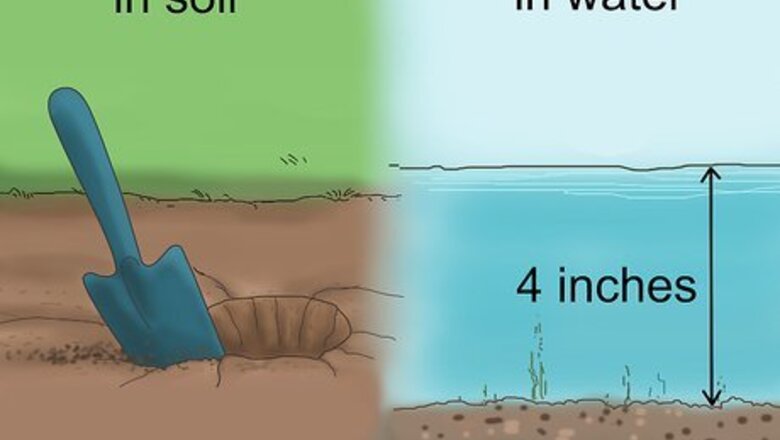
views
Planting Snake Grass in Soil or Water
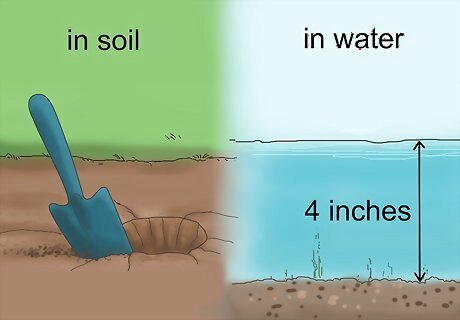
Dig a hole. Whether you’re planting in soil or water, you should dig a hole large enough to hold the rhizome ball that forms at the bottom of all snake grass. The plant will root from this ball, which allows it to spread wildly. Snake grass is a plant that spreads wildly by default, and you don’t need to be too picky about where you plant it. As long as it gets a bit of sun, it’ll have all it needs to grow. You may want to consider building a retaining wall to prevent it from growing out of control. If planting in water, plant snake grass in water no deeper than 4 inches (10 cm).
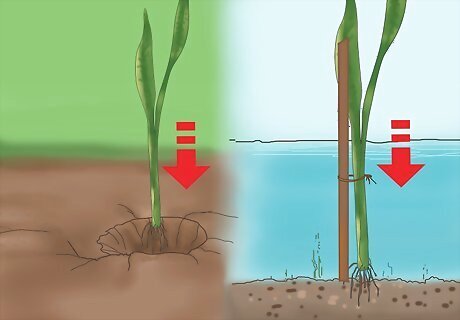
Place the plant in the hole. This will be simple enough in soil; just lay the plant in the hole so that the rhizome ball lays at the bottom. In water, you’ll have to keep a hold on the plant to make sure it doesn’t just float away.
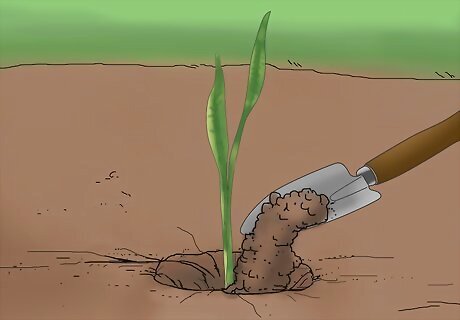
Fill up the hole. Pack dirt tightly around the plant, completely covering the rhizomes. You should fill the hole until it’s level with the rest of the ground. If you’re planting in water, you can put a bit of gravel around the snake grass, keeping the dirt tight around it. Be careful not to crush the plant’s stem if you do this.
Planting Snake Grass in a Pot or Container
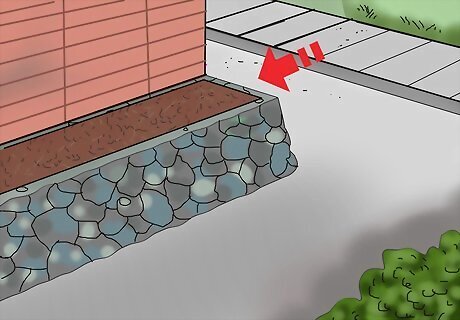
Choose the right area. Snake grass is a fairly resilient plant that can thrive in a few different environments. For optimal growing, you’ll want to make sure it gets plenty of sun, though it can also grow well in part shade. Make sure the spot you choose is at least mildly wet. If you want to plant your snake grass in water, make sure you choose a spot where the water is no higher than 4 inches (10 cm).
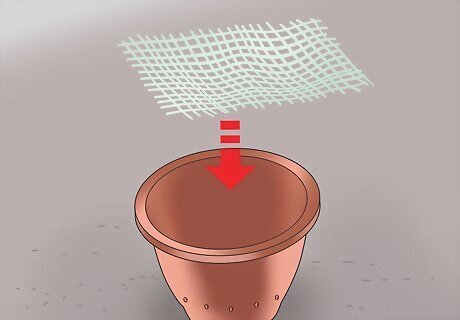
Prepare a container. Snake grass roots tend to ball up as they grow outwards, so make sure to choose a container that can accommodate this. As with any planting container, it should have drainage holes. However, growing snake grass means you’ll need cover up the drainage holes enough that the roots, or rhizomes, can’t snake out of the drainage holes and spread to the rest of your garden. Lay fine mesh at the bottom of the container to protect the drainage holes. Planting snake grass in a container will help prevent it from spreading too wildly. If you want your snake grass to spread, you’ll instead want to plant it directly in the soil. Be prepared for it to spread more efficiently than you might think.
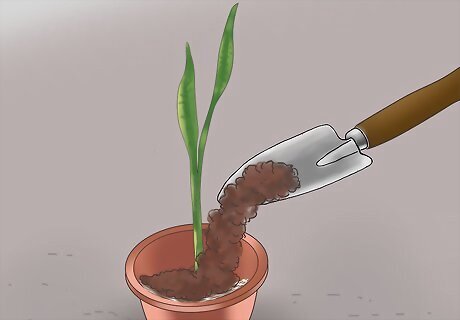
Place the plant in your container and add soil. You can use any general purpose potting soil for this; snake grass doesn’t need any specific nutrients or special soil. Add soil until you entirely cover the plant’s rhizomes. Leave a few inches between the top of the soil and the container’s rim. If planting snake grass in water, lay a layer of gravel 1 inch (2.5 cm) high on top of the soil. This will protect it, preventing it from getting flooded or washing out.
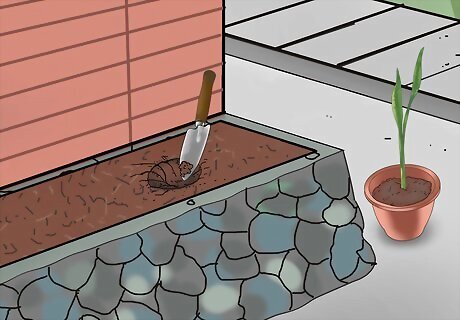
Dig a hole and insert the container. The hole should be about 2–3 inches (5.1–7.6 cm) wider and 1 inch (2.5 cm) shallower than the container you used. Place the container in the hole, checking that it sticks out by about 1 inch (2.5 cm). If it’s a bit too high, you can press down on the container and twist; this will help it dig deeper. This is only needed if you want to partially bury the pot in the ground.
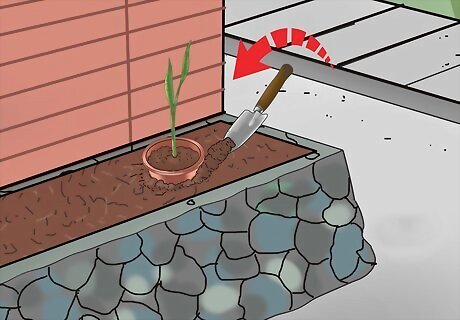
Fill up the hole. Use the freshly dug soil to fill in the hole around your container. Make sure to pack the dirt tightly around the container. Water the soil around the container to help it settle. Only do this if you’re looking to partially bury your container in the soil to prevent the snake grass from spreading out of control.
Controlling Snake Grass
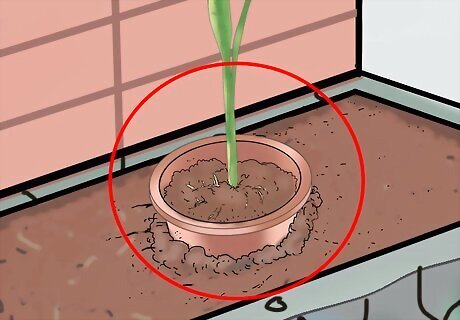
Check potted plants for growths. With the drainage holes properly blocked, snake grass rhizomes may instead try to grow out of the container to spread to the soil around it. You should check your snake grass at least once a month for sneaky rhizomes.
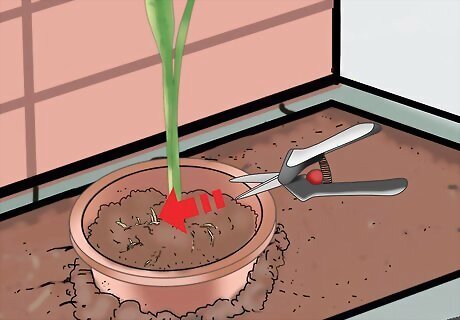
Prune rhizomes regularly. Focus on pruning any rhizomes that have grown from the container and are trying to spread. If the plant isn’t potted, you might still find rhizomes trying to reach towards other plants or into a garden you might have nearby. These will look like tiny vines, and you’ll likely find them poking out of the soil around your plant. Use rubbing alcohol to disinfect your pruning shears before and after pruning your snake grass plant.
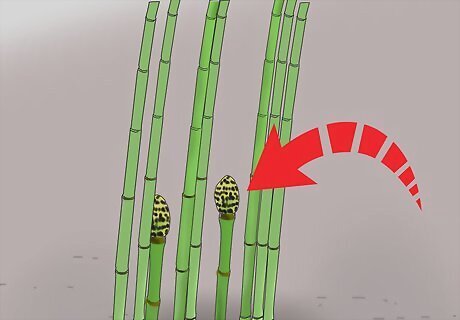
Watch for spores. Since snake grass can release spores, you should keep an eye out for fruiting stems. These stems will have a cone-shaped head, and you’ll usually find them in the spring. Be sure to prune these, otherwise your plant will release spores, likely spreading it beyond the confines of your land. Be careful handling spore stems; shaking them or dropping them could release the spores and create new snake grass plants. It’s important to discard snake grass prunings properly, as a new plant can grow from them fairly easily. Place prunings in a sealed plastic bag before putting them in the garbage.












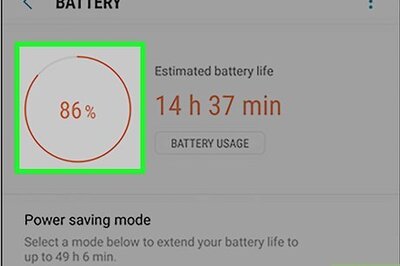







Comments
0 comment